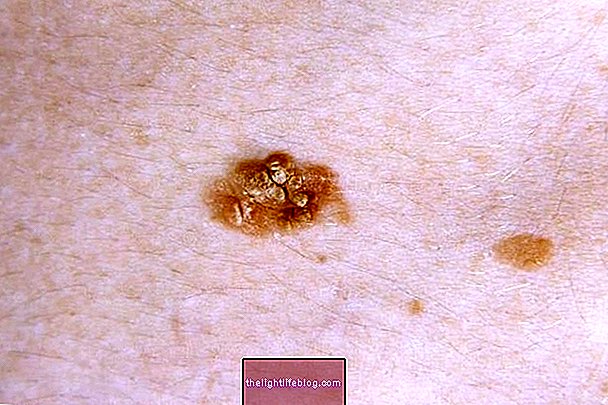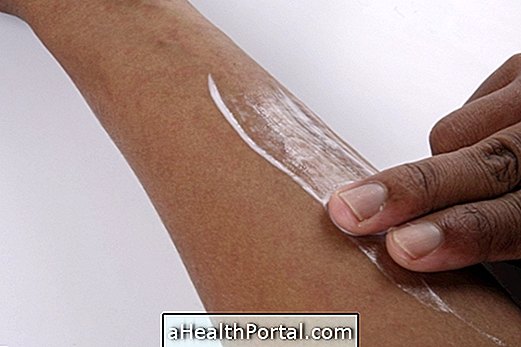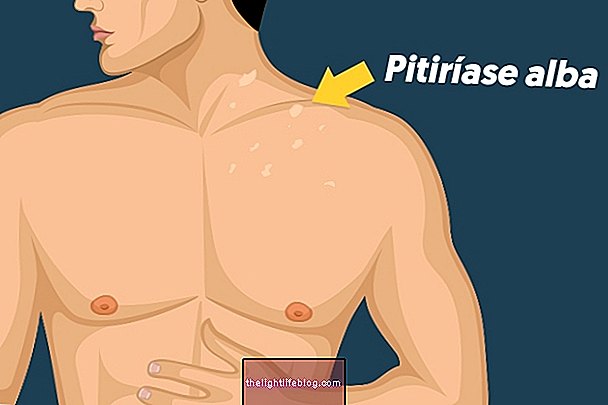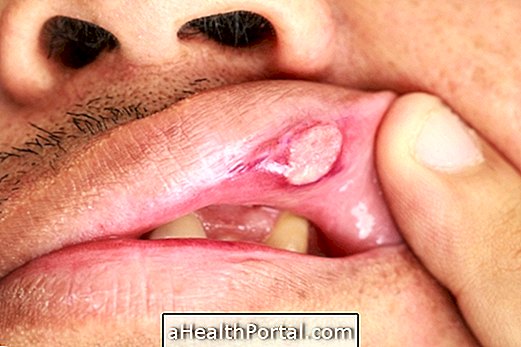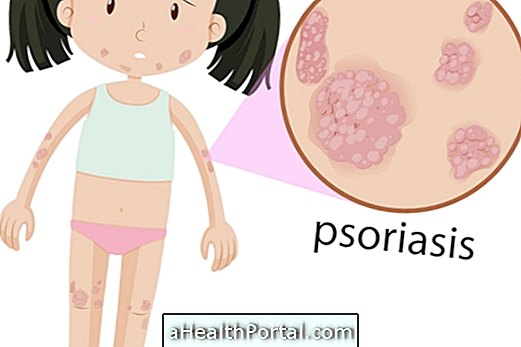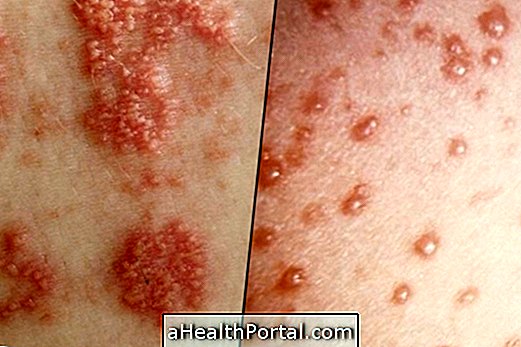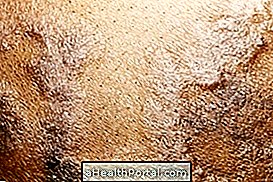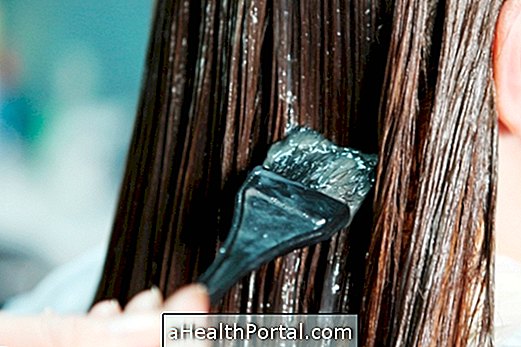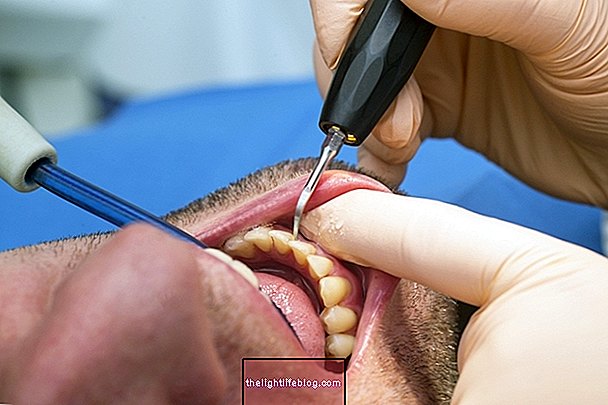Erysipelas is an infection of the superficial layer of the skin that causes red, inflamed and painful wounds, and develops mainly in the legs, face or arms, although it can arise in any part of the body.
This disease is most common in people over 50 years of age, obese or diabetic and is usually caused by a bacterium called Streptococcus pyogenes, which can also cause a more severe form of the disease, called erysipelas bullous, which causes wounds with bubbles with clear liquid, yellow or brown.
Erysipelas is curable when treatment is started rapidly with antibiotics directed by the general practitioner or dermatologist, such as Penicillin. However, in some cases, this disease may recur or may become chronic and may be more difficult to eliminate.
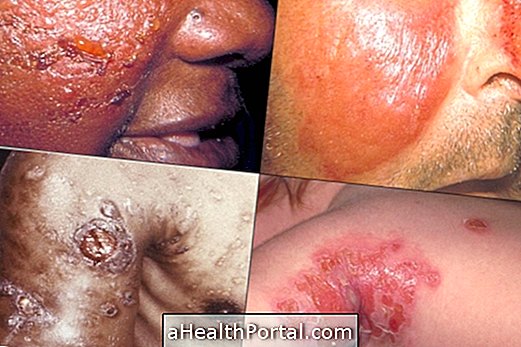
Main symptoms
The symptoms of this disease usually appear abruptly and may be accompanied by a fever over 38º and chills. The most common are:
- Red wounds on the skin, inflamed and painful;
- Burning sensation in the affected region;
- Red spots with raised and irregular edges;
- Blistering and darkening of the affected region, in the most severe cases, called erysipelas bullosa.
In addition, if the lesion is not treated quickly, bacteria may cause pus to accumulate, cause skin necrosis, or reach the bloodstream, causing widespread infection and even death.
Already when the infection reaches the deeper layers of the skin, the lesion happens to be called infectious cellulitis. Learn more about this disease in symptoms and treatment of infectious cellulitis.
Causes of erysipelas
Erysipelas is not contagious, as it happens when bacteria colonizing the body penetrate through the skin through some entry, usually a wound, insect sting, chronic venous ulcer, improper nail manipulation or athlete's foot, for example, and for these reasons, it is more common for erysipelas to occur in the feet and legs.
Anyone can develop this infection; however, those with weakened, obese, or poorly circulated immune systems are the most susceptible. Thus, the best way to prevent the development of the disease is to properly treat the wounds on the skin and keep them protected so that they can not be infected. Learn how a bandage should be made to keep the wound protected.
Streptococcus pyogenes, also known as Group A beta-hemolytic Streptococcus , is a major bacterium, but other bacteria that live on the skin can also cause these lesions, such as Staphylococcus aureus . These bacteria reach layers of the skin and lymphatic tissues, where they cause wounds and inflammation, which give rise to disease.
How to confirm the diagnosis
The diagnosis of erysipelas is made by the general practitioner or dermatologist, by observing the symptoms of the disease, and there is usually no need to perform other specific tests.
That way, as soon as the first symptoms appear it is important to go to the doctor so that the disease can begin to be quickly identified and treated to avoid complications such as lymphedema, elephantiasis or generalized infection.

How is the treatment done?
Erysipelas can be treated at home with the ingestion of antibiotics such as Penicillin, Amoxicillin or Ciprofloxacin, which should be taken for about 10 to 14 days as directed by your doctor.
Antibiotics in the vein can be performed in situations of more extensive lesions or when it reaches the bloodstream, as in septicemia. Already when the problem is bullous erysipelas, in addition to the use of antibiotics, it may also be necessary to use creams to pass on the affected skin and improve the symptoms, which usually have fusidic acid or silver sulfadiazine in its composition.
In cases of people with chronic or recurrent erysipelas, it may be necessary to use benzathine penicillin, intramuscularly, every 21 days, to provide a more effective fight against bacteria living in the region.
In cases of severe injury, such as necrosis and purulent discharge, a surgical approach may be necessary, removing and draining large areas of dead skin and pus.
Home treatment option
To facilitate recovery, in addition to antibiotic treatment, it is recommended to rest and elevate the affected limb if the disease arises in the legs or arms. In addition to this care, for some people who have swelling in the legs, it may be indicated the use of restraining elastic stockings or the application of cold compresses wet in infusion of juniper on the affected regions. Here's how you can prepare this home remedy that should only be used with the doctor's knowledge.
